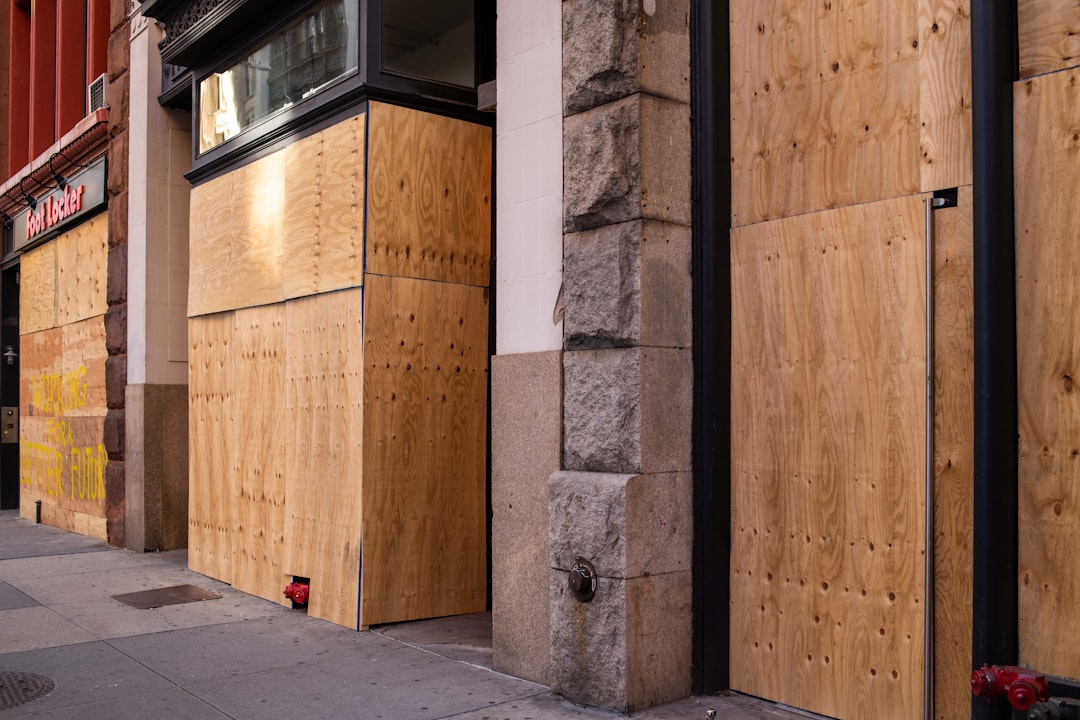Storm Door Installation Labor Rates 2025
For trade professionals calculating installation costs, understanding each factor is crucial. As of 2025, prices for storm door installations typically range from $650 to $1,200, influenced by material choice, hardware specs, and regional labor rates. This guide explores essential cost components to aid accurate budgeting and project planning.
Why Storm Doors Are Essential for Residential Projects
- Improved insulation reduces energy costs, saving you up to 20% annually.
- Protection from elements extends the life of primary entry doors.
- Enhanced security through multipoint locking systems.
- Augmented natural lighting and airflow improves indoor environment.
- Increased property value enhances market appeal.
Breaking Down Construction Crew Costs for Storm Door Installation
1. Material and Build Type
Costs fluctuate based on materials used:
- Aluminum models: $250–$400
- Vinyl or composite: $400–$650
- Steel or wood-core: $650–$1,000+
Higher quality materials ensure durability but raise upfront expenses.
2. Glass, Screens, and Hardware
- Low-E glass: Additional $50–$100, reducing energy loss by up to 15%.
- Retractable screens: $75–$150 for improved ventilation.
- Heavy-duty hardware: $40–$120 adds security features.
3. Labor and Regional Considerations
Professional installation typically costs between $125 and $250. Urban installations or specialized adjustments may exceed $300. Utilize live region-specific data for accurate cost projecting.
4. Frame Modifications
- True-square frames: Minimal additional cost.
- Shimming/trimming: $40–$80 for adjustments.
- Repair work: $150–$400 for significant structural alterations.
5. Administrative and Disposal Expenses
Permits are usually unnecessary, but HOA approvals may incur fees. Disposal costs vary, roughly $20–$35 per door.
Real-Time Solutions with CountBricks
Cost Optimization and Efficiency
Utilize the CountBricks app for rapid cost calculation:
- Instant price updates align with current market trends.
- Generate site-specific estimates via data uploads.
- Streamline proposal and invoice creation for professional presentations.
Tips for Cost Management
- Schedule installations during labor lows, such as late winter.
- Negotiate volume hardware discounts for bulk purchases.
- Opt for factory finishes to reduce onsite expenses.
- Use reversible hinges for simplified maintenance.
- Leverage CountBricks for scenario comparisons.
Recognizing Regional Pricing Trends
Local economic factors induce price variability. Northeastern winters may raise costs due to supply constraints, while Southern regions experience fluctuations before hurricane season. CountBricks ensures pricing accuracy by refreshing updates every hour.
Value Enhancement Through CountBricks
- Efficient workflow reduces administrative burden.
- Detailed cost breakdowns establish client trust.
- Integrated schedules align project timelines efficiently.
- Digital archives maintain comprehensive project records.
FAQs for Trade Professionals
Can skilled workers DIY for reduced costs?
While possible, professional installation helps prevent structural errors. CountBricks recommends accredited professionals for optimal results.
Expected installation time?
Most installations last 1–2 hours. Complex scenarios extend this to half a day.
Is there an insurance benefit to installing storm doors?
Improved security and durability can yield minimal insurance savings. Present detailed specs from CountBricks to your insurer.
Next Steps
Access precise estimates for your project by visiting CountBricks.com. Leverage advanced tools for data-driven decision-making and professional results.
Case Study: Storm Door Budgeting with CountBricks
See how CountBricks saved $650 for the Ramirez family through strategic planning.
Project Overview
- Residence: 1950s Colonial
- Door Details: Steel frame, Low-E glass, retractable screen
Savings Strategy
- Hardware Bundle: Discounts on bulk purchases lowered costs by 7%.
- Seasonal Labor Savings: Choosing February for installation saved $120.
- Existing Trim Usage: Reusing quality materials cut $210 from projections.
Project Result
Final cost: $1,145 versus typical $1,795. Efficient execution saved time and aligned with financial forecasts.
Impact on Your Projects
- Data-driven insights uncover cost savings.
- AI scheduling aligns costs with economic conditions.
- Accelerated documentation boosts client interactions.
Discover more capabilities at CountBricks.com and transform your costing approach with cutting-edge technology solutions.

